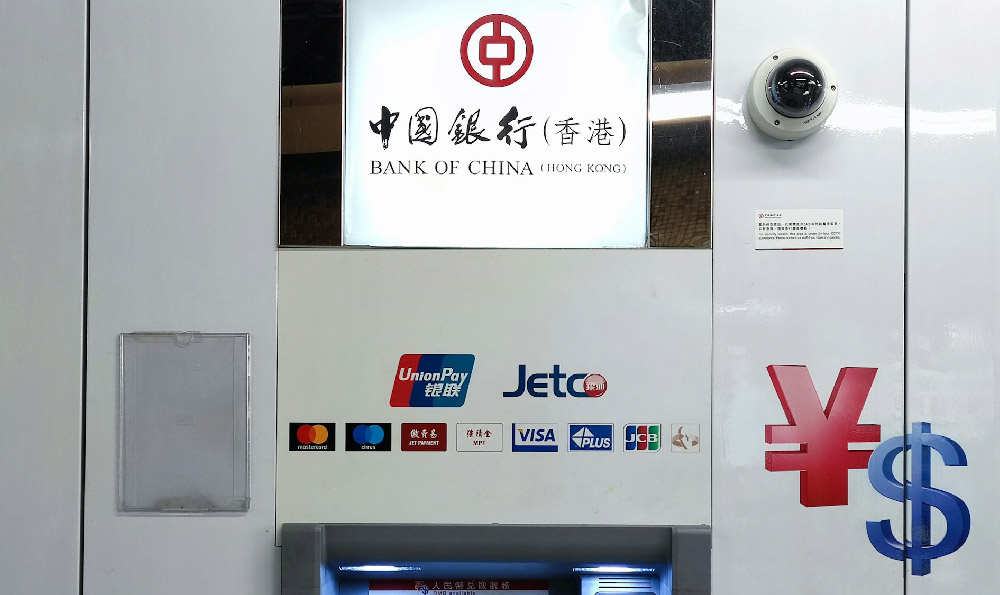Can YouTube Shorts Really Make You Money? And How?
YouTube Shorts, the platform's answer to the TikTok phenomenon, has undeniably captured the attention of millions. Its bite-sized, vertical video format is addictive and readily accessible. But the big question remains: can creating YouTube Shorts actually translate into tangible financial gains? The answer, like many things in the digital age, is complex and nuanced. While it's not a guaranteed path to riches, YouTube Shorts does offer several avenues for creators to monetize their content and build a profitable online presence.
One of the primary ways YouTube Shorts can lead to income is through the YouTube Partner Program (YPP). Historically, the YPP was heavily focused on long-form content, with monetization primarily derived from ad revenue displayed during videos. However, recognizing the growing popularity of Shorts, YouTube introduced a new monetization model specifically designed for short-form content. To be eligible for the YPP and monetize Shorts, creators need to meet certain criteria, including having at least 1,000 subscribers and 4,000 valid watch hours on long-form videos in the past 12 months, or 1,000 subscribers and 10 million Shorts views in the past 90 days. This requirement, introduced in early 2023, shifted the focus towards Shorts, making it a viable alternative for those struggling to gain traction with longer content.
Once accepted into the YPP, creators can participate in Shorts monetization, which involves a revenue-sharing model based on the YouTube Shorts Fund. This fund, totaling $100 million, is distributed to creators who produce engaging and original Shorts content. The exact amount each creator receives varies based on factors such as viewership, engagement (likes, comments, shares), and location. Importantly, revenue from Shorts is pooled together, and then creators receive a percentage based on their contribution to the overall pool. This differs from the traditional model where creators directly receive revenue from ads shown on their specific videos. While the potential earnings from the Shorts Fund can be substantial, it's important to manage expectations. Competition is fierce, and only a small percentage of Shorts creators earn significant income solely from the fund. Think of it more as a bonus or incentive for creating high-quality, engaging short-form content.

Beyond direct monetization through the YouTube Partner Program, Shorts can act as a powerful tool for driving traffic to a creator's long-form content. This is where the real potential for substantial and sustainable income lies. Consider a creator who produces short, informative videos on cooking tips. Each Short could end with a call to action, encouraging viewers to watch a longer, more detailed cooking tutorial on their channel. By effectively using Shorts as a promotional tool, creators can significantly increase viewership of their longer videos, which are often more heavily monetized through advertising. This strategy, known as the "Shorts-to-Long-Form Funnel," is a cornerstone of successful YouTube channel growth in the era of short-form video.
Furthermore, YouTube Shorts can serve as a catalyst for building a strong brand and expanding a creator's reach beyond the YouTube platform. A large and engaged audience on YouTube can open doors to various monetization opportunities, including sponsorships, affiliate marketing, and merchandise sales. Brands are increasingly seeking out creators with a strong presence on short-form video platforms to promote their products and services. A well-executed Short can go viral, reaching millions of potential customers and significantly increasing a creator's brand visibility. For example, a fashion influencer could create short styling tips videos showcasing different brands, earning commissions through affiliate links embedded in the video description. Similarly, a fitness instructor could promote their online coaching services through short workout routines, attracting new clients and generating revenue.
Another significant, yet often overlooked, advantage of YouTube Shorts is its potential to build an email list. In the digital marketing world, an email list is considered a valuable asset. Creators can offer free resources, such as e-books, checklists, or exclusive content, in exchange for viewers' email addresses. These leads can then be nurtured through email marketing campaigns, promoting products, services, or simply building a stronger relationship with the audience. For instance, a travel blogger could create visually appealing Shorts showcasing different destinations and offer a free travel guide to viewers who sign up for their email list.
However, success with YouTube Shorts requires more than just uploading videos. It demands a strategic approach, a deep understanding of the platform's algorithm, and a commitment to creating high-quality, engaging content. Consistency is key. Regularly uploading new Shorts increases the chances of one going viral and attracting new subscribers. Experimenting with different content formats, such as tutorials, challenges, comedic skits, or behind-the-scenes footage, is also essential to finding what resonates with the audience. Analyzing YouTube Analytics provides valuable insights into which Shorts are performing well, allowing creators to refine their content strategy and focus on what works.
Finally, it’s crucial to remember that YouTube Shorts is a constantly evolving landscape. The algorithm is subject to change, and new trends emerge regularly. Staying up-to-date with the latest best practices, engaging with the YouTube community, and continuously learning are essential for long-term success on the platform.
In conclusion, while YouTube Shorts may not be a direct route to instant wealth, it offers a powerful and versatile tool for creators to build an audience, expand their brand, and generate income through various monetization strategies. By leveraging the platform's reach, engaging with the audience, and consistently creating high-quality content, creators can unlock the financial potential of YouTube Shorts and build a sustainable and profitable online presence. The key is to view Shorts not as a standalone income source, but as an integral part of a broader content strategy aimed at driving traffic, building a brand, and ultimately, achieving long-term financial success.















